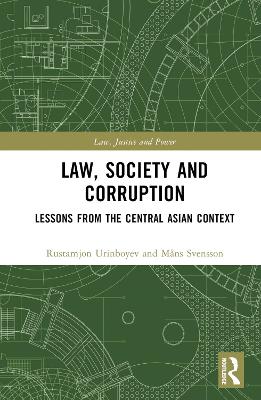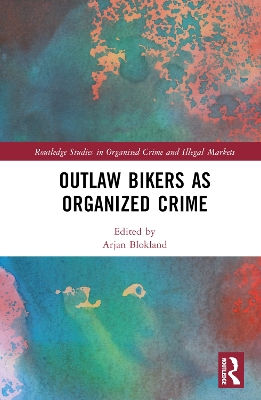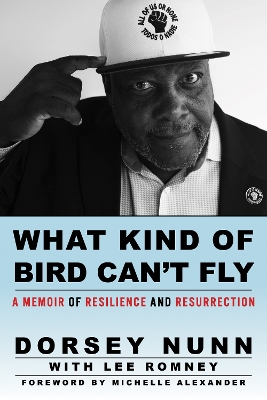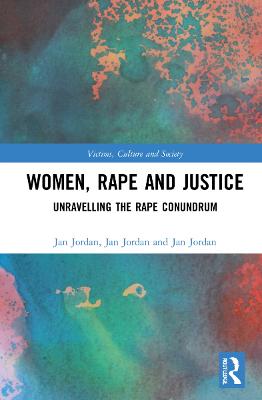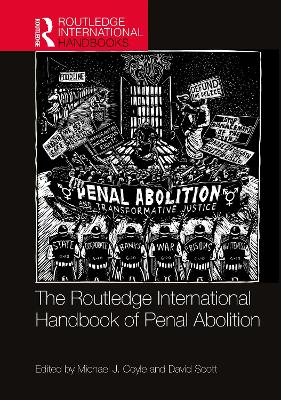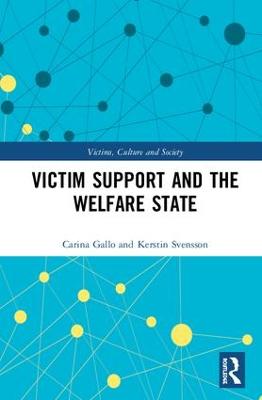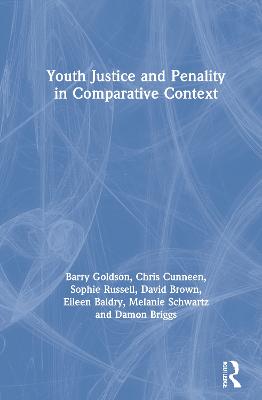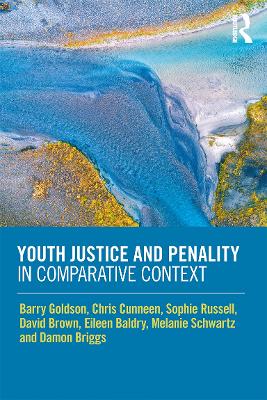Understanding and Reducing Prison Violence
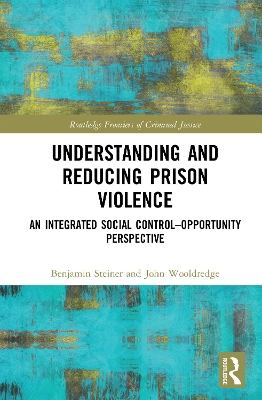 -10%
portes grátis
-10%
portes grátis
Understanding and Reducing Prison Violence
An Integrated Social Control-Opportunity Perspective
Steiner, Benjamin; Wooldredge, John
Taylor & Francis Ltd
12/2019
174
Dura
Inglês
9781138552609
15 a 20 dias
453
Explaining Prison Violence
A Multi-level Social Control-Opportunity Perspective
Project Background
Overview of Chapters
References
Notes
Chapter 2. Prison Violence: Explanations and Evidence
Violent Offending and Victimization Among Inmates
Deprivation theory
Importation theory
Management theories
Integrated models
General theories of crime and victimization
Violent Victimization of Prison Officers
Summary
References
Chapter 3. A Multilevel Social Control-Opportunity Framework for Understanding Prison Violence
Inmate Violence
Inmate-level contributors to violent offending
Prison-level contributors to violent offending
Managerial contributors to violent offending
Inmate Victimization
Inmate-level contributors to violent victimization
Prison-level contributors to violent victimization
Officer Victimization
Officer-level contributors to violent victimization
Prison-level contributors to officer victimization
Summary
References
Chapter 4. Study Attributes
Samples
Facility samples
Cross-sectional inmate samples
Longitudinal inmate samples
Correctional officer samples
Data Sources
Inmate surveys
Officer surveys
Warden survey and observation instrument
Measures
Full sample of Ohio and Kentucky inmates
Sub-sample of Ohio inmates confronted by prison staff for rule violations
Sample of Ohio and Kentucky correctional officers
Sample of Ohio and Kentucky prisons
Statistical Analysis
Summary
Notes
References
Chapter 5. Identifying the Most Relevant Effects on Violent Offending and Victimization in Ohio and Kentucky Prisons
Inmate Offending
Full sample
Ohio sample
Reduced sample
Inmate Victimization: Full Sample
Violence at Work: Correctional Officer Sample
Summary
Chapter 6. Implications for a Multilevel Social Control-Opportunity Theory of In-Prison Violence
A Theoretical Understanding of Violent Offending and Victimization in Prison
Inmate violence
Inmate victimization by violence
Officer victimization and safety
A Theoretically Informed Approach to Reducing In-Prison Violence
Summary
Notes
References
Chapter 7. Informing Strategies for Preventing Prison Violence
Facilities and Structure
Custodial Workforce and Resources
Adequately educated, well-trained, and experienced officers
Properly equipped staff
Regular communication among officers
Strong leadership with clear communication of officers' roles
Proper supervision and support of officers
Effective use of officers
Healthy officer culture
Encourage officers to develop constructive relationships with inmates
Diverse officer workforce
Professional work environment
Regular searches of inmates and cells
Staff exposure in housing units and living areas
Maintain staff perceptions of a safe environment
Programs and Services
Programs to address inmate needs
Productive time use
Facilitate inmate visitation
Sufficient operational budgets
Outlets for inmates to relieve stress
Inmate Populations
Managing large populations
Avoid feeding racial tensions
Managing inmates with authority issues
Considering an inmate's age and sex
Addressing the recency of substance use
Managing gang members
Preserving (healthy) family relationships
Managing inmates with less commitment to conventional goals
Summary
References
Chapter 8. In-prison Violence: Non-utilitarian Considerations and Future Research
Inmate Litigation Highlighting the Injustice of Violence in Prison
Study Limitations and Directions for Future Research
Geographic scope
Operational concepts
Structural equation modeling within a multilevel framework
Summary
References
Explaining Prison Violence
A Multi-level Social Control-Opportunity Perspective
Project Background
Overview of Chapters
References
Notes
Chapter 2. Prison Violence: Explanations and Evidence
Violent Offending and Victimization Among Inmates
Deprivation theory
Importation theory
Management theories
Integrated models
General theories of crime and victimization
Violent Victimization of Prison Officers
Summary
References
Chapter 3. A Multilevel Social Control-Opportunity Framework for Understanding Prison Violence
Inmate Violence
Inmate-level contributors to violent offending
Prison-level contributors to violent offending
Managerial contributors to violent offending
Inmate Victimization
Inmate-level contributors to violent victimization
Prison-level contributors to violent victimization
Officer Victimization
Officer-level contributors to violent victimization
Prison-level contributors to officer victimization
Summary
References
Chapter 4. Study Attributes
Samples
Facility samples
Cross-sectional inmate samples
Longitudinal inmate samples
Correctional officer samples
Data Sources
Inmate surveys
Officer surveys
Warden survey and observation instrument
Measures
Full sample of Ohio and Kentucky inmates
Sub-sample of Ohio inmates confronted by prison staff for rule violations
Sample of Ohio and Kentucky correctional officers
Sample of Ohio and Kentucky prisons
Statistical Analysis
Summary
Notes
References
Chapter 5. Identifying the Most Relevant Effects on Violent Offending and Victimization in Ohio and Kentucky Prisons
Inmate Offending
Full sample
Ohio sample
Reduced sample
Inmate Victimization: Full Sample
Violence at Work: Correctional Officer Sample
Summary
Chapter 6. Implications for a Multilevel Social Control-Opportunity Theory of In-Prison Violence
A Theoretical Understanding of Violent Offending and Victimization in Prison
Inmate violence
Inmate victimization by violence
Officer victimization and safety
A Theoretically Informed Approach to Reducing In-Prison Violence
Summary
Notes
References
Chapter 7. Informing Strategies for Preventing Prison Violence
Facilities and Structure
Custodial Workforce and Resources
Adequately educated, well-trained, and experienced officers
Properly equipped staff
Regular communication among officers
Strong leadership with clear communication of officers' roles
Proper supervision and support of officers
Effective use of officers
Healthy officer culture
Encourage officers to develop constructive relationships with inmates
Diverse officer workforce
Professional work environment
Regular searches of inmates and cells
Staff exposure in housing units and living areas
Maintain staff perceptions of a safe environment
Programs and Services
Programs to address inmate needs
Productive time use
Facilitate inmate visitation
Sufficient operational budgets
Outlets for inmates to relieve stress
Inmate Populations
Managing large populations
Avoid feeding racial tensions
Managing inmates with authority issues
Considering an inmate's age and sex
Addressing the recency of substance use
Managing gang members
Preserving (healthy) family relationships
Managing inmates with less commitment to conventional goals
Summary
References
Chapter 8. In-prison Violence: Non-utilitarian Considerations and Future Research
Inmate Litigation Highlighting the Injustice of Violence in Prison
Study Limitations and Directions for Future Research
Geographic scope
Operational concepts
Structural equation modeling within a multilevel framework
Summary
References

